After the Chinese debut of the BMW iX3 on September 13th, the car received mixed reviews online. However, after careful research, I have found that this is a model with many highlights.
Before elaborating on my opinion, I must first draw attention to a detail that most people have overlooked: this car is called the iX3.
Why is it not called the Xi3, X3i, eX3, or X3e? Why must it be called the iX3, and why is the “i” at the beginning?
Let us first review the BMW models named with an “i” before:


I believe these two cars should be familiar to everyone. Now, a new question arises. Why is the X5 plug-in hybrid not called the iX5, when the i8 is still considered an electrified model?
Because in BMW’s product lineup, only electric vehicles with representative electrification can be named with an “i”.
With this premise in mind, let us take another look at the iX3.
The Three-electric System is Actually Strong
As a pure electric vehicle, the “electric” part of the iX3 is naturally the core.
I believe many readers may think that BMW is a luxury car brand that maximizes internal combustion engine cars, and that electric technology may not be their forte.
So, let’s take a look at the technical specifications of this car:
-
Battery capacity of 80 kWh, usable capacity of 74 kWh
-
NEDC range of 500 km
-
Electric motor power of 210 kW, peak torque of 400 N·m, zero to 100 km/h acceleration in 6.8 s
-
Maximum charging power: DC 100 kW/AC 11 kW
In terms of range, acceleration, and charging, the iX3 is capable enough for daily urban travel.
On the second day of the launch event, we went to the iX3 battery factory to learn more about the car’s three-electric system. There were some technical details that could not be reflected in the data.
The Battery is the Key
Regarding the battery, the large capacity will not be discussed here. The iX3 uses CATL’s NCMA-811 power battery. Although CATL provided the core technology of this battery, BMW also participated in the research and development.
After using high-energy-density battery cells, BMW did not try to “squeeze” more energy density from the battery pack. Instead, it made significant considerations for safety.
Therefore, after 188 battery cells were assembled, the overall energy density was 154 Wh/kg.This consideration is first reflected in the battery structure. Unlike traditional battery packs, the power battery of iX3 is not a “functional accessory” detached from the chassis, but rather an integrated cage structure with the chassis.
This battery pack uses many high-strength aluminum alloy structural parts and also some internal rib plates designed specifically to strengthen the structure. If a collision occurs, the battery pack can help the chassis withstand part of the impact from all directions, thereby reducing the damage caused by the collision to the battery.
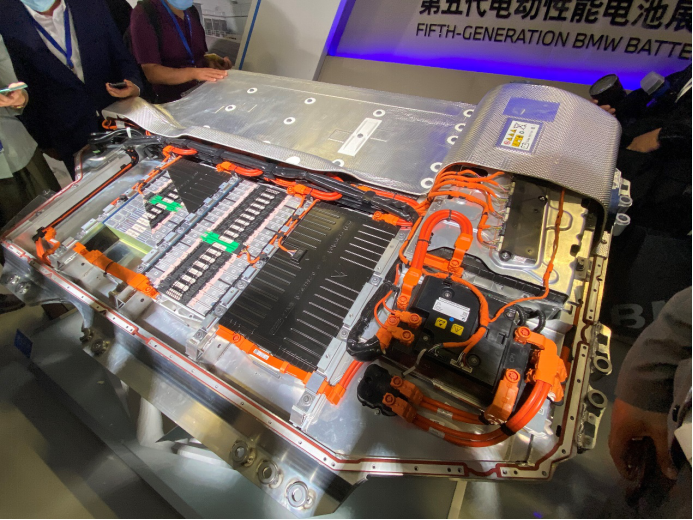
On the other hand, in order to achieve excellent insulation performance, in addition to the common battery module and battery pack insulation design, BMW has also created the world’s first power battery cell-insulation spraying.
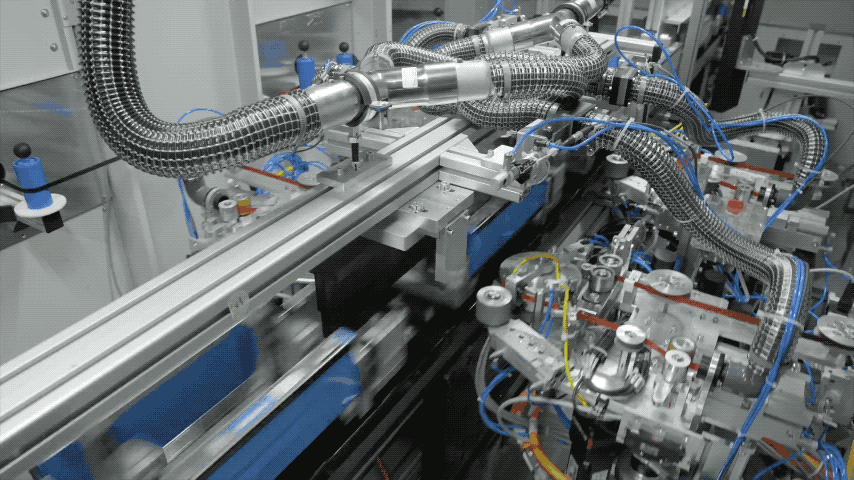
With such multiple protections, BMW still maintains strict standards in battery production. All battery cells, modules, and packs undergo 100% insulation testing, and the module also undergoes a separate withstand voltage test which is also at 100%.
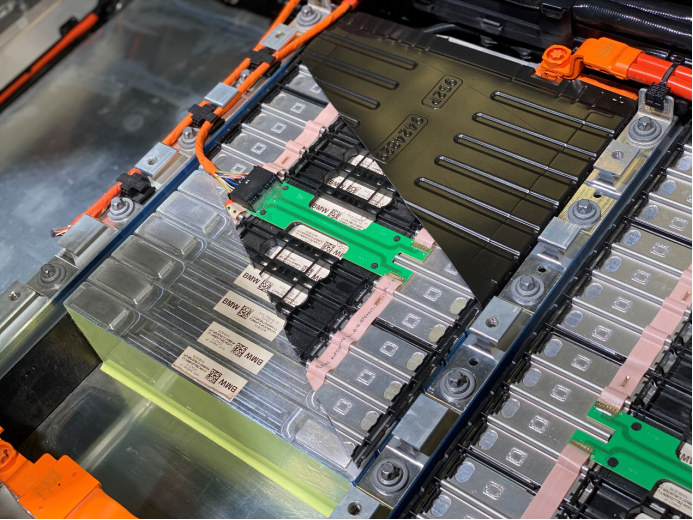
In addition, there is multi-zone liquid temperature control management at the bottom of the battery pack module.
The independent heat pump outside of the battery system can also heat the battery under low-temperature working conditions. When the vehicle is driving normally, the heat pump system can also effectively recover the excess heat generated by the driving system and the battery pack and transfer it to the air conditioning system to provide warmth to the passenger compartment while ensuring passenger comfort and reducing battery energy consumption.
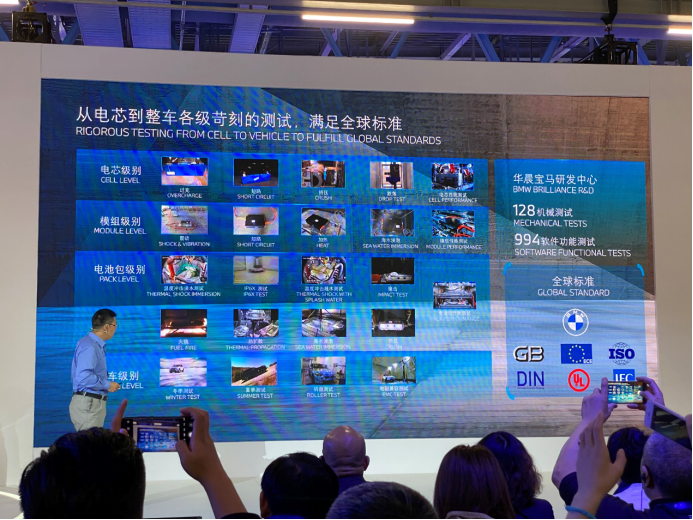
As a model to be sold worldwide, the iX3’s battery pack underwent 128 mechanical validation tests, including fire burning, seawater immersion, falling, needle puncture, vibration, and compression, as well as 994 software functional tests during development. It fully meets global regulatory requirements and BMW’s stringent global standards.
It is precisely because of these high standards and safety designs that the 811-formula battery pack on the iX3 ultimately has a “plain” density of only 154 Wh/kg.
Rear-wheel drive + 210 kWThe driving part of iX3 utilizes a high-power motor with 210 kW and 400 N·m, as well as a “three-in-one” design integrating the mainstream motor, inverter, and reducer, which enhances integration and directly connects with the rear axle to improve efficiency and provide a pure rear-wheel drive experience.
In addition, it is worth noting that the 0-100 km/h acceleration of iX3 is 6.8 seconds, which I believe is more than sufficient for most people.
Furthermore, with the power of 210 kW, the iX3 with a weight of 2.2 tons has an average energy consumption of 16.7 kWh per 100 km, which demonstrates the efficiency of the motor.
New Signals
Apart from the electric powertrain, there is another aspect of iX3 that deserves attention: the advanced driving assistance systems that come as standard across the entire range.
Before delving into this “plus”, let’s first take a look at what is included in the standard automatic assistance system Pro.
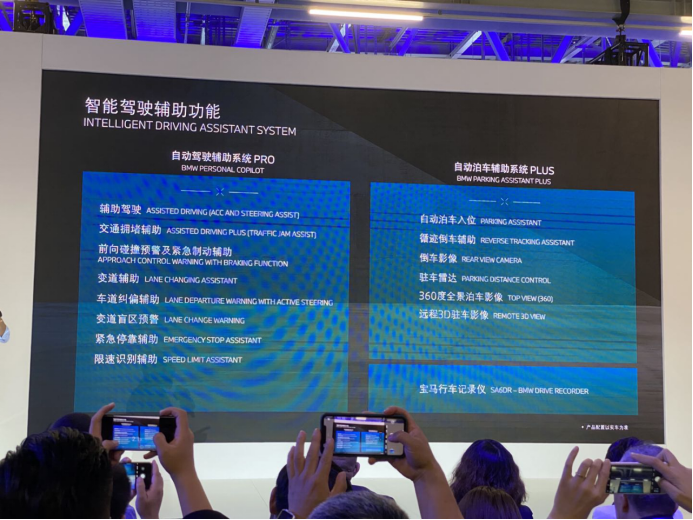
The displayed functions above are the following. Below, I will list the hardware configuration of this assistance system:
- 7 cameras
- 3 cameras that participate in the perception of driving assistance
- 5 millimeter-wave radar sensors
- 12 ultrasonic sensors
- Assistance driving chip: Mobileye EyeQ4
- Chip computing power: 2.5 Tops
If you have read our first issue of 42 Mark’s driving assistance system evaluation, you should be familiar with this hardware configuration. Yes, this is the same advanced driving assistance as the one that costs 30,000 yuan extra on the X5.
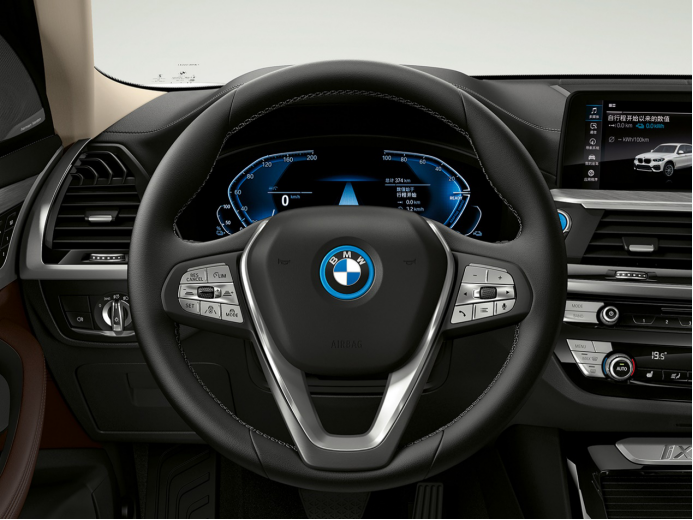
As we have not yet had the opportunity to experience it firsthand, we can use the capabilities of the X5 equipped with the same hardware as a reference for iX3’s “Pro Automatic Driving Assistance System”.
In the recent second issue of 42 Mark’s driving assistance system evaluation, the BMW X5 equipped with the “Pro Automatic Driving Assistance System” ranked among the top with a score of 225 out of a possible total score of 240.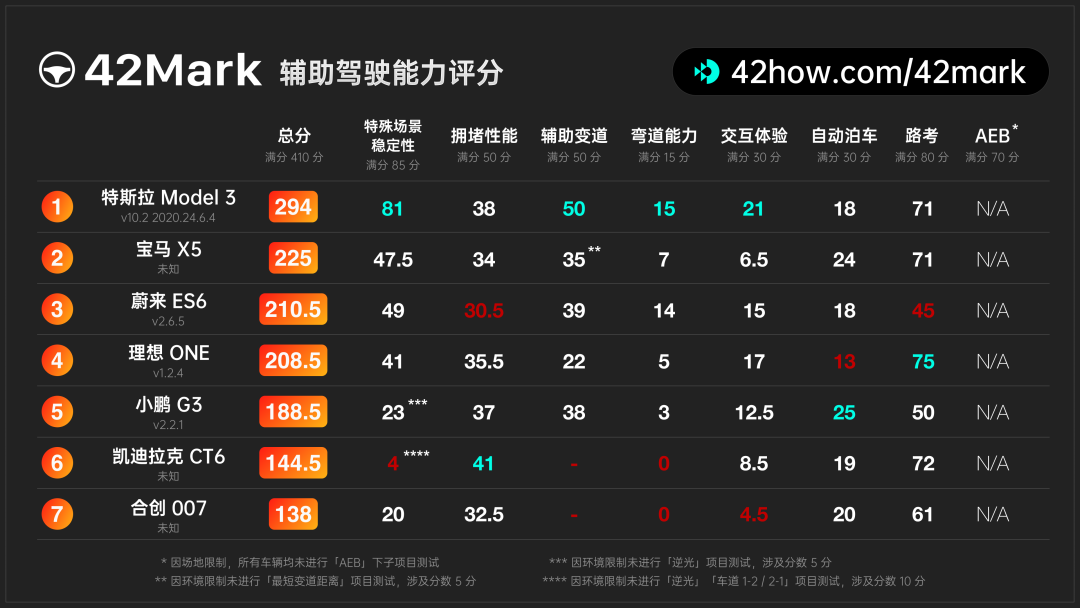
Does this go against your understanding of BMW? In fact, when the first issue of 42Mark came out in April, this same shock also occurred to every member who participated in the test.
In the end, the editing team summed up BMW’s driving assistance ability in six words: subtle but powerful.
What does the full-range standard configuration of driving assistance mean?
In today’s market, only two brands, Tesla and Ideal Auto, had high-level driving assistance as standard before BMW iX3. The reason is simple, these two carmakers promote their own intelligence and high-level driving assistance as important strategic goals for their companies.
However, there are many companies with similar perspectives, but only these two are “fully standard.”
So why is it standard?
Because of their attitude.
The current G-Class still has G63 and G500, but when G350 came out, there were criticisms all over the internet. Why? Did Mercedes-Benz cancel those two high-end series?
No.
But the problem lies in the fact that Mercedes-Benz made compromises to the market.
Even though G350 still has the magnificent appearance of the G-series family and almost all configurations except the engine, it lacks the symbol of masculine hormone and high-end status – V8.
On the other hand, BMW’s standard “Automatic Driving Assistance Pro” in iX3 is also an attitude – a firm attitude towards intelligence.
Final thoughts
As a pure electric SUV, iX3 has actually put in a lot of effort in the “electric” part, and it is also really outstanding.
If you learn about BMW, you will find that it is actually the most proactive among traditional car companies in embracing electrification. The “i” series predecessors have also brought us unforgettable surprises: carbon fiber body, i3 with a door design and i8 with a sci-fi style and decent performance.
They are all milestones on BMW’s electric journey.
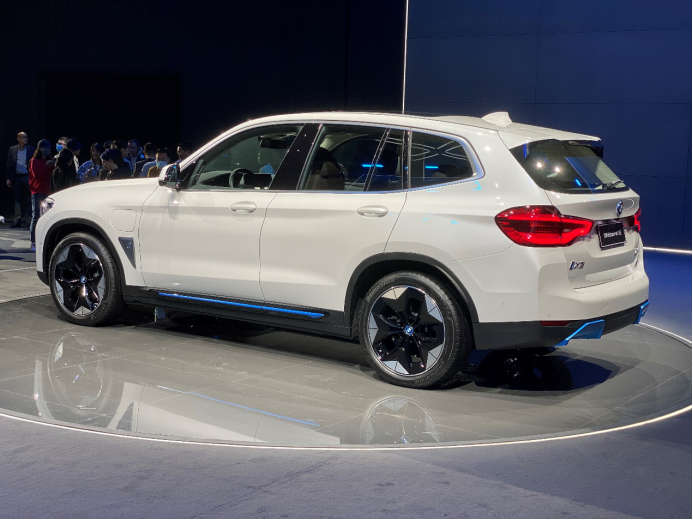
iX3, as the third product of the “i” series, not only showcases its technology, but also fits the market better with a balanced and safe pure electric SUV image.
In fact, to some extent, this can also be regarded as a new beginning for BMW’s electric technology to enter the market.
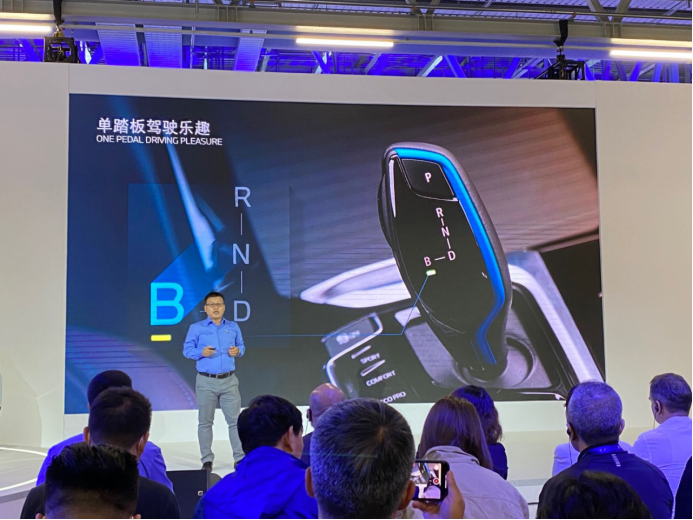 Meanwhile, the interactive logic, such as the single-pedal gear and adaptive energy recovery, which was deliberately reserved, also reflects BMW’s in-depth research on pure electric target customers.
Meanwhile, the interactive logic, such as the single-pedal gear and adaptive energy recovery, which was deliberately reserved, also reflects BMW’s in-depth research on pure electric target customers.
On another more important aspect, the iX3 comes standard with this set of high-spec hardware for visual advanced driving assistance, which is also an important statement of “intelligence” by BMW: advanced driving assistance will be the basic configuration of the “i” series in the future, just like Model 3, it is also an indispensable part of the product.
In my opinion, this may be another important implication of the iX3 being named with the prefix “i” – intelligence.
This article is a translation by ChatGPT of a Chinese report from 42HOW. If you have any questions about it, please email bd@42how.com.
